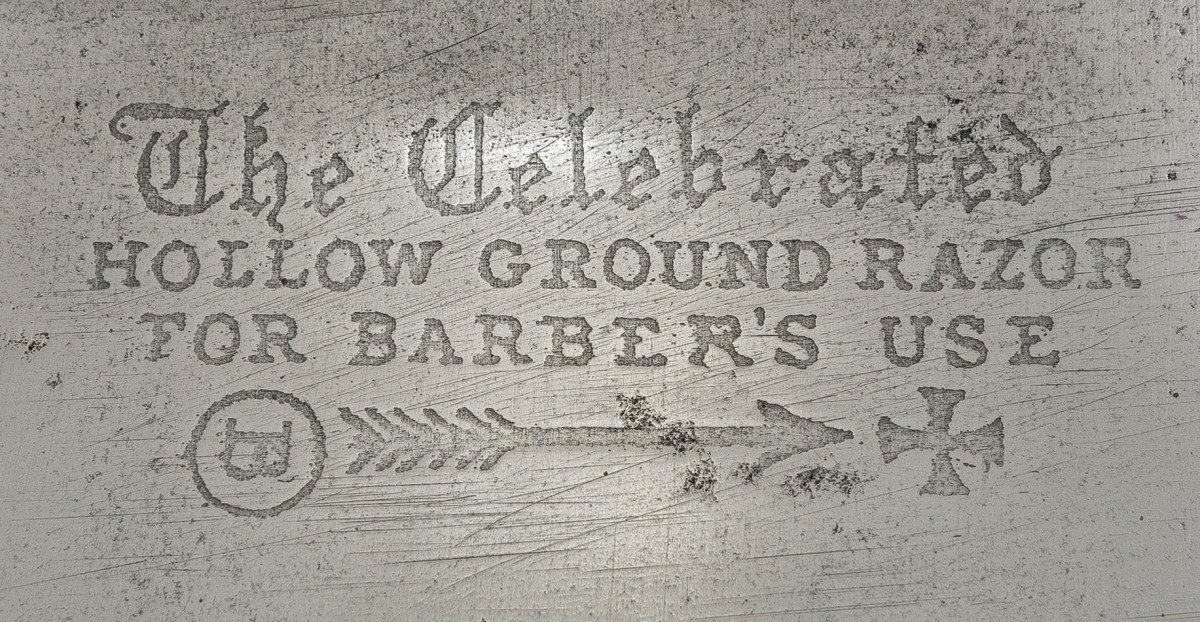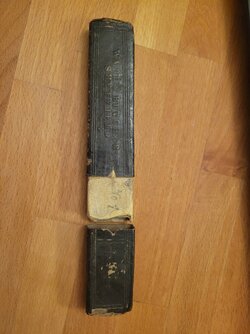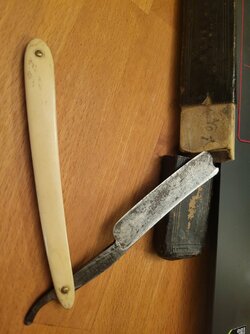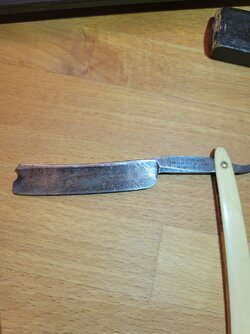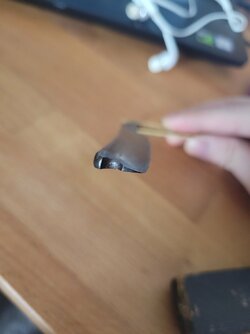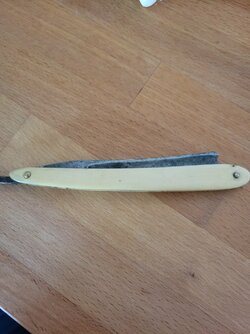I just picked up a new Wade and Butcher, and I'm curious if anyone has a guess on it's rough age? I did a bit of research online, but can't find anything to give a clue, so I'm hoping that those with a more educated eye can guess an era.
I know it's pre-1891, obviously, but after that I'm guessing.
The marks on the tang and spine look etched, rather than stamped to me.
I'd be grateful for any help! I mean, it hardly matters really, but I do like to have a general sense of the history if I can figure it out...



I know it's pre-1891, obviously, but after that I'm guessing.
The marks on the tang and spine look etched, rather than stamped to me.
I'd be grateful for any help! I mean, it hardly matters really, but I do like to have a general sense of the history if I can figure it out...



